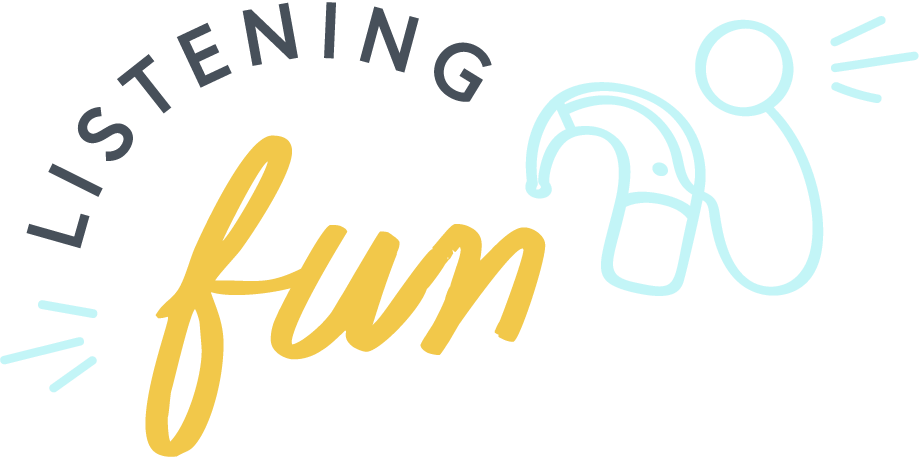Welcome to My Deaf Education Blog!
Hello! I am so excited to start this blog and share more ideas and resources for Teacher of the Deaf and SLPs in Deaf Education.
If you’ve seen my Instagram or TpT store, you might have noticed that I post a lot of self-advocacy resources. That’s because I know it’s SO important to prepare our students to be independent communicators in the classroom and in life. Therefore, it is only fitting that my first blog post include some self-advocacy tips and and a few worksheets to make your life easier! ;)
Teaching Parts of Hearing Aids and Cochlear Implants
Why is it important for students to be able to label the parts of their devices?
Students need to understand how their hearing aid or cochlear implant functions and how this is different than typical hearing. This understanding lays the groundwork for advocating for and explaining their needs in the classroom.
Additionally, students need to learn how to troubleshoot their equipment. It’s hard to find the answer to a question when you don’t remember the name of the thing that is broken. Learning the difference between the receiver and audio shoe can save you a lot of time when you’re trying to figure out which part is causing the problem. Identifying the parts of their hearing aid or cochlear implant allows students to have knowledgable, productive conversations with their teachers, audiologists, and device companies. Eventually, students will be completely responsible for maintaining their equipment, and we want to make sure they are able to solve problems or find the answers to problems independently.
Hearing aid and cochlear implant worksheets
What started out as a few worksheets turned into 14 different pages of labeling hearing equipment. I wanted to make sure I included all different types of devices including hearing aids with and without receivers, cochlear implants with and without receivers, a bone-anchored hearing aid (BAHA) and an ear-level receiver.
The main benefit of a worksheets are the visuals. Seeing the names of the parts written out has helped my students remember the names of trickier words like “receiver” or “processor.” The act of either writing out or cutting out the names forces us to engage with the material for longer. This gives us an opportunity to discuss the function of each piece. During this time, we often discuss common problems with certain parts and possible solutions.
I am so excited to share these worksheets with you all! Enter your email and they’ll be sent straight to you!
not into paper?
If you’re thinking…this looks great Deanna but I do not want to carry around ANY more paper…I have an idea for you too! Enter the iPad + Google Slides. I use the iPad to take pictures of the student’s equipment on the spot and upload them into a Google Slides presentation.
This is 100% no prep because all you need is your student’s hearing aids, which should already be on their ears! All you do is open up a new Google Slides presentation, click insert image, and upload from your iPad. You can add text, have the student pick fonts and colors, and label their device that way. For itinerants, you do NOT need wifi to do this!
I personally like to use both methods to teach about the device parts. Most students need to be exposed to this materials multiple times in different ways. For my older students, I teach them how to access the user guide for their device on Google. Instead of me checking their answers, I ask them to look it up and find the diagram in the manual. As they get older, it is important they can find information independently.
Thank you so much for visiting my page and taking the time to read my first post! I am so excited to share information and ideas as I work towards my LSLS certification!








